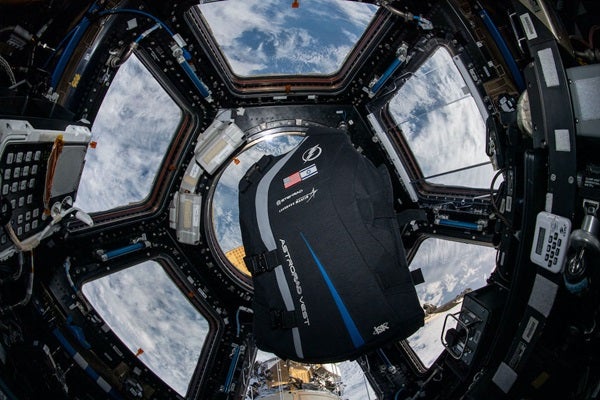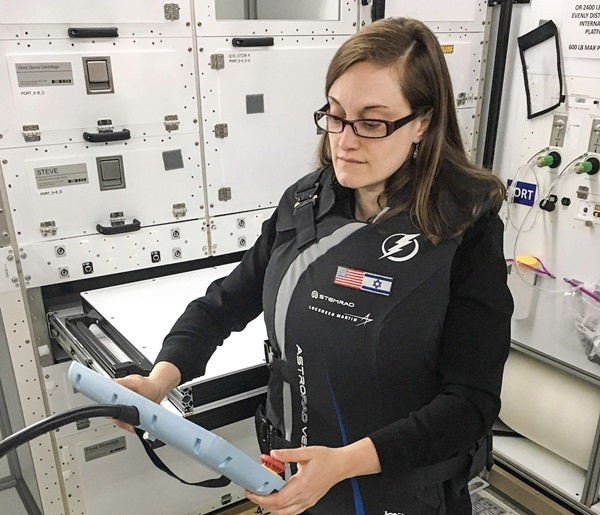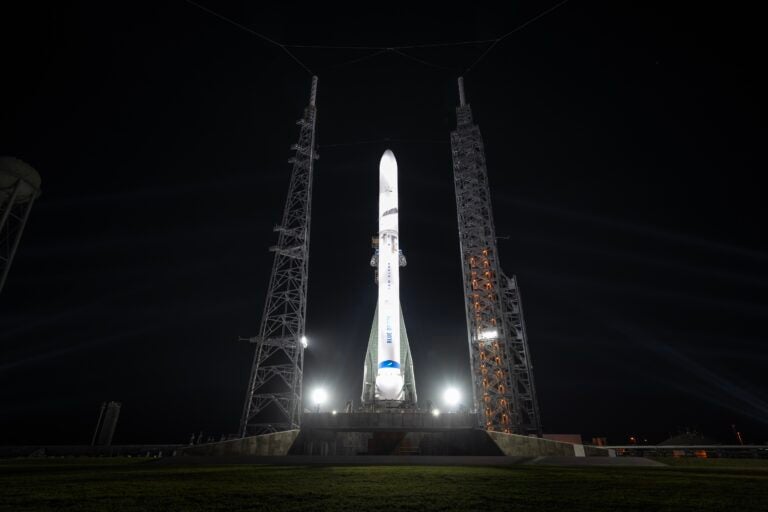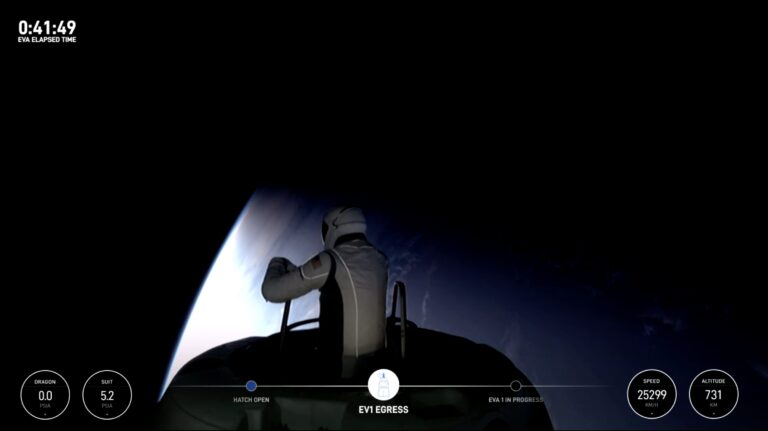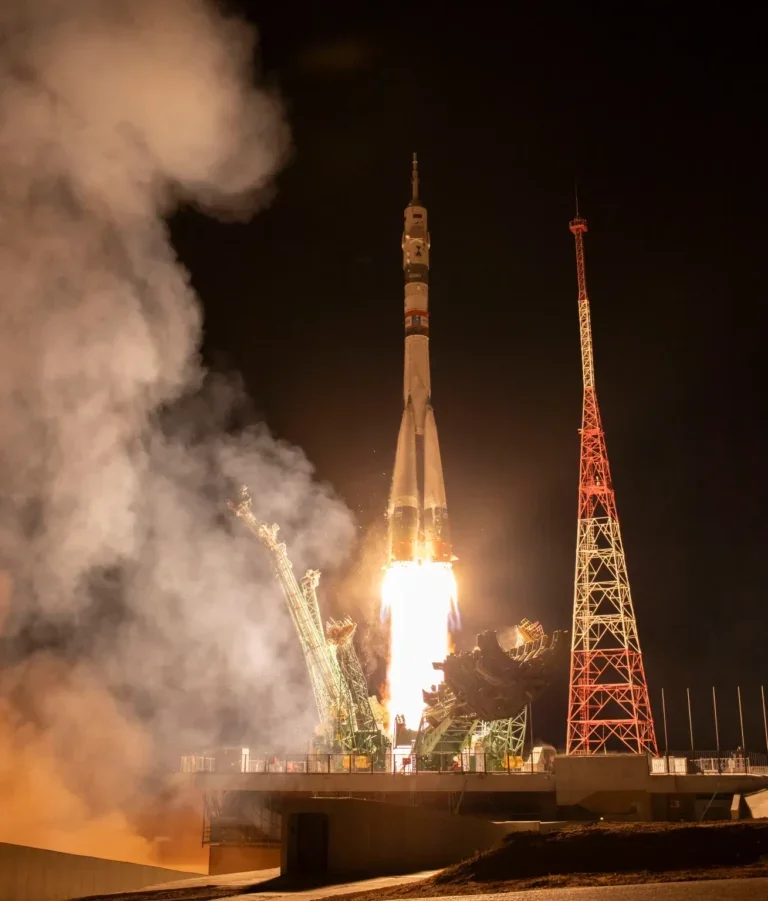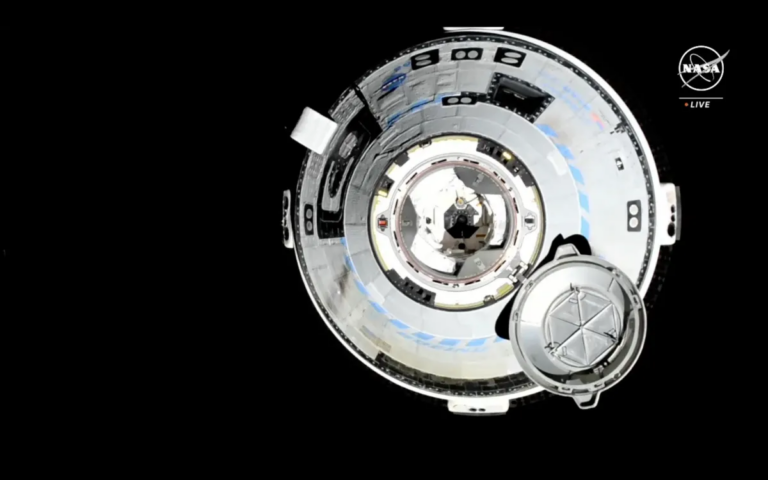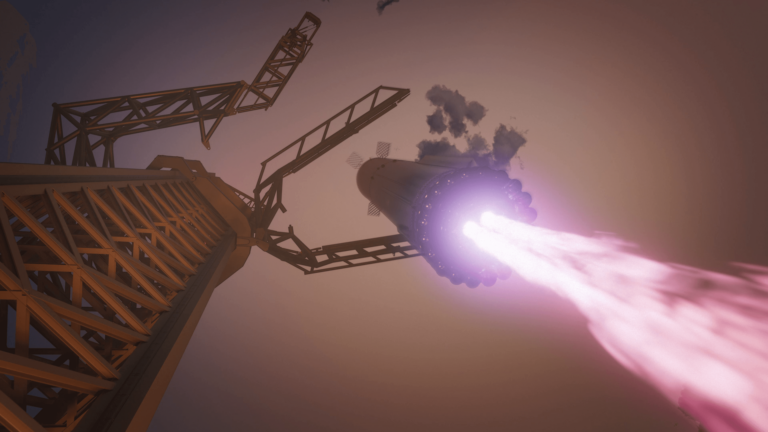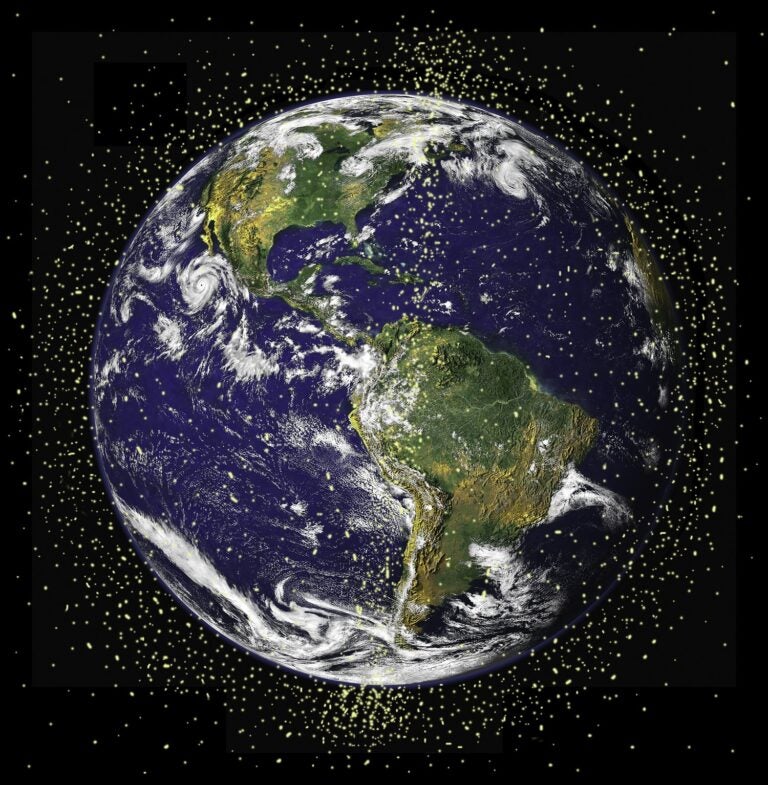Radiation exposure has always been a huge concern for astronauts working in space.
“Astronauts are exposed to ionizing radiation with effective doses in the range from 50 to 2,000 Milli-Sievert,” according to NASA. This amount is equivalent to 150 to 6,000 chest X-rays.
That’s why crew members on the International Space Station (ISS) recently spent several weeks testing a new radiation-blocking garment designed to help combat the toxic effects of space radiation.
The AstroRad vest was developed by Lockheed Martin and StemRad, an Israeli-based technology and gear company, to protect astronauts’ most susceptible organs, tissues, and stem cells from radiation exposure. The vest was carried to the ISS aboard a SpaceX Dragon spacecraft on Nov. 27.
Over the next several weeks, ISS crew members tested the vest while performing their daily tasks, providing feedback about how easy it is to put on and work in. The Dragon cargo capsule, along with the AstroRad vest and several other recent experiments, splashed down off the coast of Tampa, Florida, on. Jan. 11.
Testing the AstroRad vest
On Earth, everyone experiences low levels of radiation from the Sun and other sources. But once an astronaut ventures to low Earth orbit or beyond, they are more exposed to hazardous space radiation.
Space radiation consists of three parts: particles trapped in Earth’s magnetic field, particles the Sun shoots into space during solar flares, and cosmic rays (high-energy protons and ions) from outside our solar system. These particles can increase a person’s risk for radiation sickness, cancers, degenerative diseases, and other short- and long-term health effects.
Between ramping up solar flares and plans for future space travel, such as the crewed Artemis missions, radiation protection is crucial. But wearability is still a primary concern.
The vest is made of a proprietary polymer with variable thicknesses and a high level of hydrogen, which, according to the company’s website, is “advantageous for shielding against space radiation because it minimizes the generation of secondary radiation.” By utilizing a scale-like architecture, the vest also manages to maintain flexibility.
The astronauts documented feedback on the vest’s fit and function, as well as took pictures of themselves in the garment. According to a NASA release, women were chosen to test the garment largely due to the increased risk of radiation-induced cancers in ovaries and breast tissue.
In addition to the vest making its way back to NASA, other samples, such as packaged olive oil and a new type of medical suture designed for use in space, will be further investigated in the coming weeks and months.

